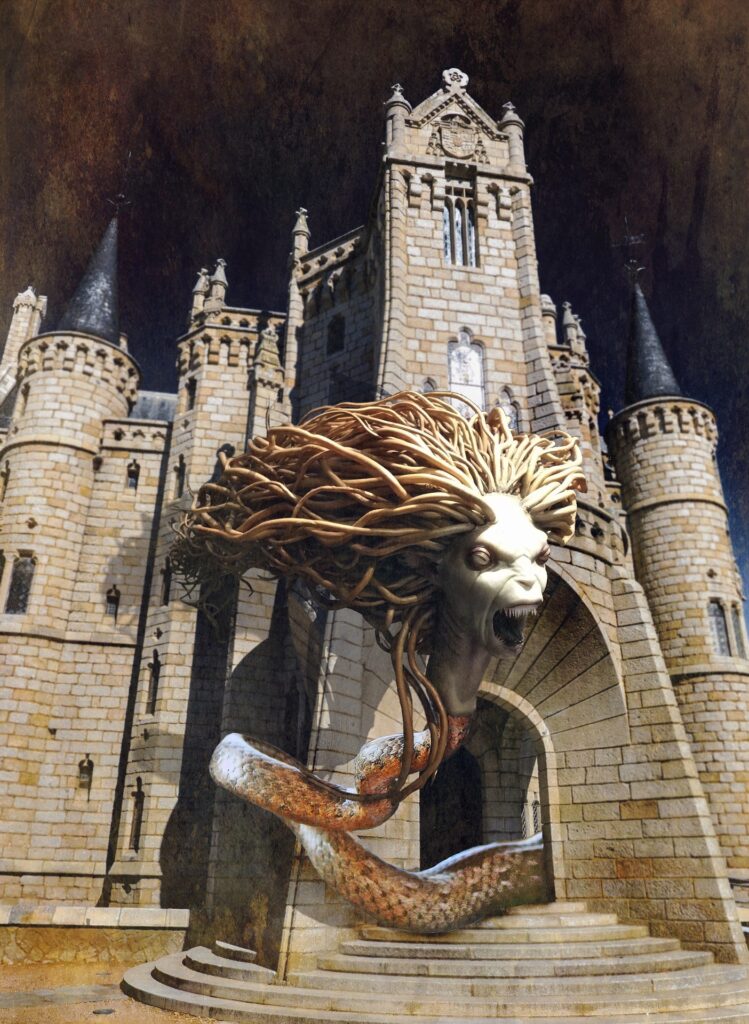When you have finished your work in Photoshop or any other photo editing app or a photo editing software, and press “ CTRL + Shift + S”, you must have encountered a lot of options to save the finished artwork or the edited photo.
Are you wondering which one is the best? Perhaps what the difference in each file formats and when to use which one! Do you need to preserve the quality while saving the images, and use them for printing and sharing?
Trust me if your work doesn’t require knowing the difference between TIF and PSD or PDF( If you are a graphic designer ), there is no necessity to learn such things. But it’s always better if you have an idea about it.
Categorizing
We will categorize the file formats in two sections – Raster and Vector.
The number of available formats is just impressive. That’s why I will try to provide you with the relevant information on the most necessary file formats.

Raster Photo Formats
The raster image is the images consisting of a set of a grid of dots. They are pixels and each pixel has a definite color that together completes the whole image. One thing to keep in mind is that raster images are resolution-dependent. On transformation, prepare to get a blurry result!
The filter formats under the raster category that we are going to discuss-
- TIFF
- JPEG
- PNG
- RAW
TIFF
Firstly, TIFF(Tagged Image File Format) is usually used by shooters and designers. It is lossless due to which it is the highest quality image format for commercial purposes. Since it is not in a compress form, the basic difference between this and the other file formats is that it is more suitable for image post-production.
You can view in Adobe Illustrator, Adobe Photoshop, CorelDRAW, and Picasa along with some more. Photo editing software where it can be produced is Tagged Image File Format Splitter, Tiff Combiner.
It is good not to use TIFF if you are working with web graphics. Its main function is the high-quality printing.

JPEG
Joint Photographic Experts Group(JPEG) is one of the names you must be familiar with the most if you have a basic idea about photos and photo editing. The extension is written as .jpg. Therefore, it is supported by all the photo editing software and can be opened by any image processing application.
However, the best image file format varies in low, medium, and high quality. You should select a less compressed for high-quality. As a result, you can use it in email, posts on the social network, published on the websites, etc.
One of the greatest benefits is that it saves a lot of space.
PNG
PNG ( Portable Network Graphics ) is a very essential and significant file format when it comes to photo editing and image processing. It is the best image format for transparent backgrounds and partial transparency.
PNG preserves both quality and details. It is mostly used in logo designing. You should use PNG if you need high-quality transparent web graphics. It is openable in most of the popular well-known photo editing software. Above all, you can even use them in the online photo editing sites.
You should avoid using them if you are working with artwork or photos. It is nevertheless the most lossless image formats but the file size would be huge!

RAW
RAW is the file format in which the images are stored just after clicking the images in a digital camera. It contains the data about the signals sent from the digital camera, and are unprocessed, and thus are unsuitable for printing and reading by graphic designers. They are primarily processed and then converted to TIFF or JPEG. This helps you to get the highest quality and adjust it with the help of a compatible photo editing software.
Vector File Formats
In vector images, it is present as a set of mathematical calculations. In layman’s term, as a set of straight lines. When you zoom in and out of the image, the image quality is intact. The formats we are going to discuss are-
- EPS
- AI

PDF (Portable Document Format) is a convenient format develope by the Adobe Systems Team which was developed so that the file looks the same when opened in different devices. It is stores text and graphic information on the network.
If you want to print your images, PDF will ensure the highest quality. However, it is not suitable for photo editing. For that, you will require Photoshop and Illustrator depending on the image type.
EPS
EPS (Encapsulated PostScript) is a vector format with the content of two-dimensional graphics data in the form of text or a picture. This file format is often used by image specialists and graphic designers. It is best for saving graphic data when it comes to enlarging images.
Therefore, it is advisable to use this file format when you are sending graphic samples to your customer and clients and must avoid posting photos online or while working with artworks or shots.

AI
When looking for the best vector image format, you must be looking at AI. Use in Adobe Illustrator. AI can contain a poster, graphics card, logo, etc. It does not contain any image data.
If you are editing vector images, it is best for usage. You should avoid using it for editing raster images. However, it removes the natural tone of the image and makes it more mechanical and technical. Photoshop will do this job better. In other words, using a PSD format would work well.
Conclusion
In conclusion, the number of available file formats is pretty impressive and you can choose any one of them as per your requirements. I hope you benefited a lot from this blog.
Comment down your queries and let us know if we missed something!
Happy Editing!

